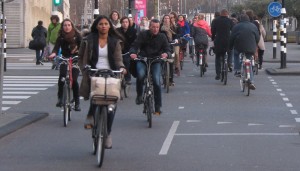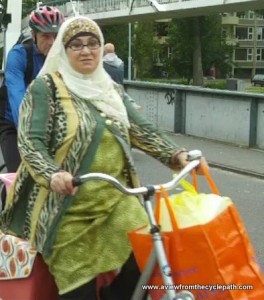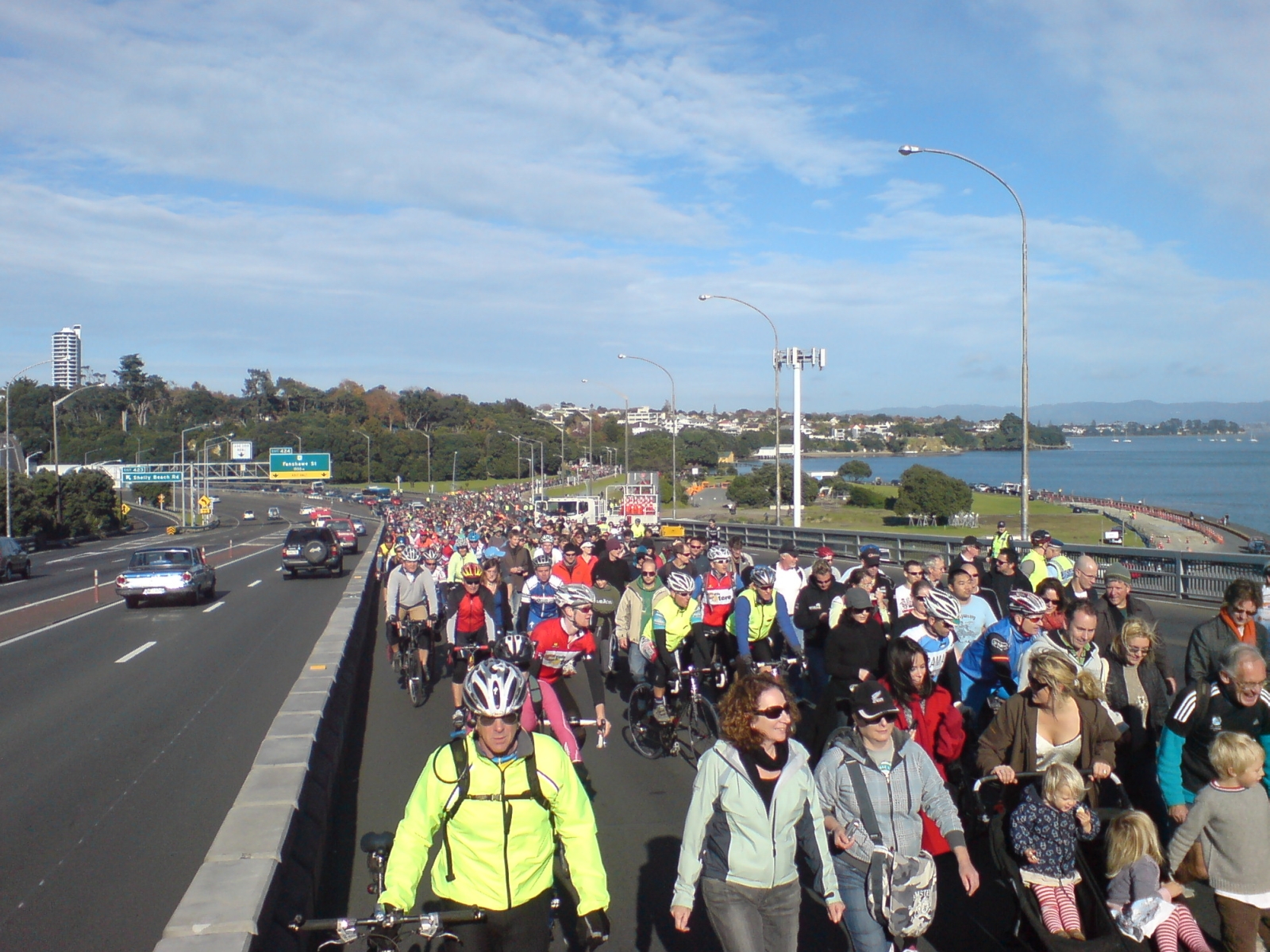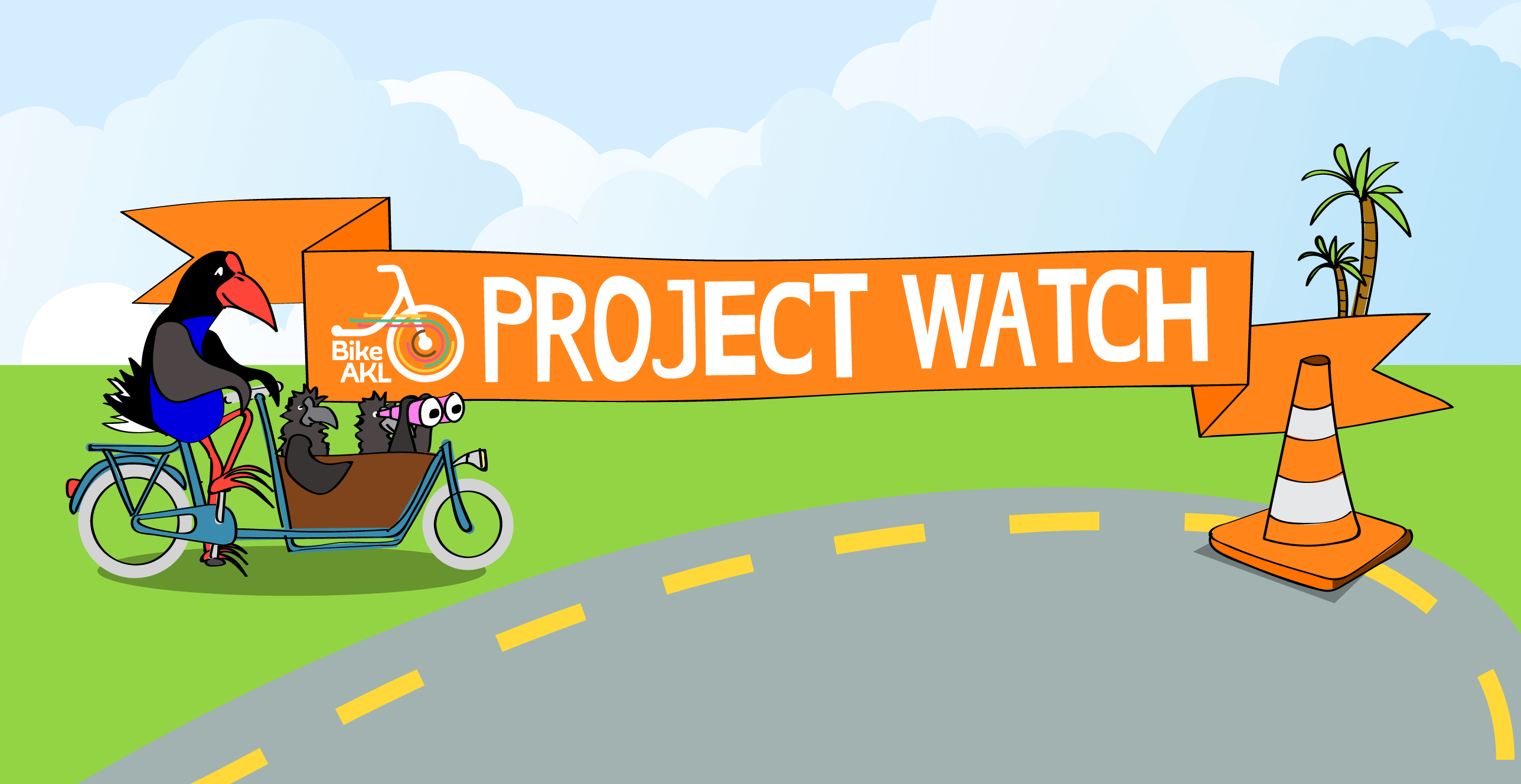
Recently Chris Boardman (British Cycling policy advisor and Olympic gold medallist in cycling) has come out swinging by saying that the conversation on cycling is heading in the wrong direction in the UK. Many of his comments are just as applicable to the cycling debate in New Zealand. In another interview, Chris Boardman stated:
There is a huge untapped demand,” he said. “About 60% of people would travel regularly by bike IF the environment looked safe and attractive. That is a massive potential when you have 35,000 deaths a year from obesity related illness and a large chunk of the 5 billion pounds a year it takes to treat that could be used preventing it.
and similar per capita numbers would apply to NZ.

Now please let’s not get distracted by the whole helmet part of the article – which after all is exactly what Chris Boardman is saying is the problem. As Chris Boardman said above, what we should talking about is what we can do to make cycling FEEL safer (the concept of subjective safety) so that it is considered a viable option by all sectors of the population – women, children, the elderly – not just young, fit males. This is how other cities have achieved their high cycling rates.
My opinion on this is unambiguous and based on the only country in the world that has made day to day cycling a real option, the Netherlands. The answer is a combination of dedicated cycle infrastructure and taking away priority on non-arterial streets from motor vehicles. Separated cycle paths aren’t always required but where they aren’t included in the streetscape, the street needs to be designed so that cars are discouraged from driving at more than 30km/h.
Some people also point to cultural issues and differences in legal liability. However, if culture and legal liability are such important factors, it becomes hard to see why cycling rates are so much lower (though much higher than NZ) in culturally and linguistically similar Belgium and Germany. Both countries have some bright spots (Munster in Germany, Ghent/Kortrijk in Belgium) but overall have much lower cycling rates than the Netherlands, Denmark, Sweden or Hungary. The same can be seen in Scandinavia, where Norway and Finland have much lower cycling rates than their neighbours in Sweden and Denmark (and this despite Finland having a 20% minority of Swedes).

Even among non-Dutch immigrants, cycling rates are much higher than in their home countries.
Helmets certainly have their place in the debate. Just as helmets for motorists and pedestrians would help prevent a lot of head injuries every year. And like Chris Boardman, CAA would like to see the debate become a more sophicticated and look at the real benefits of cycling and what is holding it back.
The more of us are out there, the safer we are.



